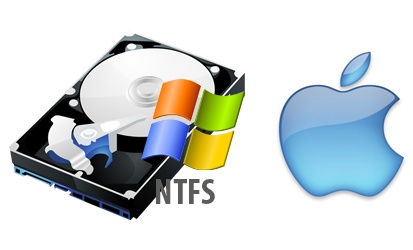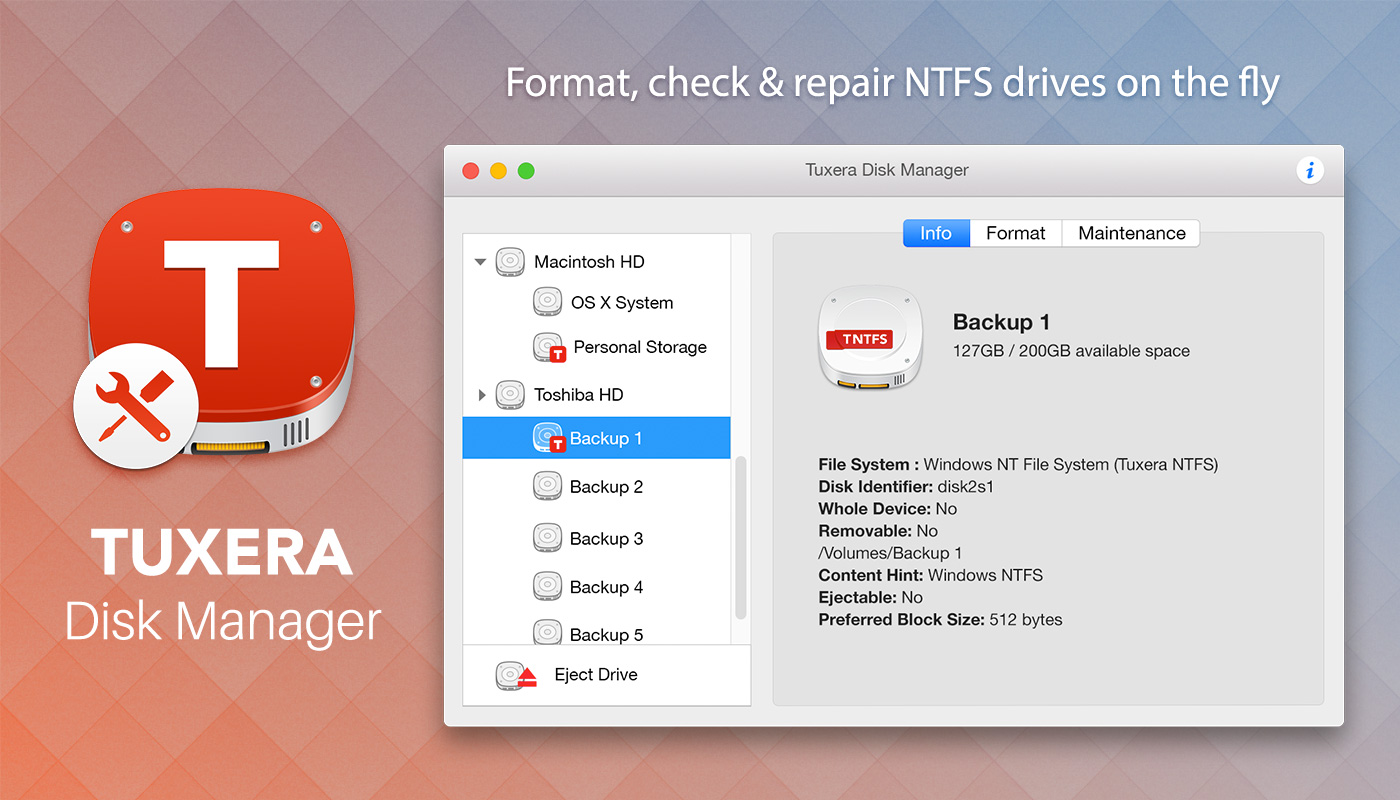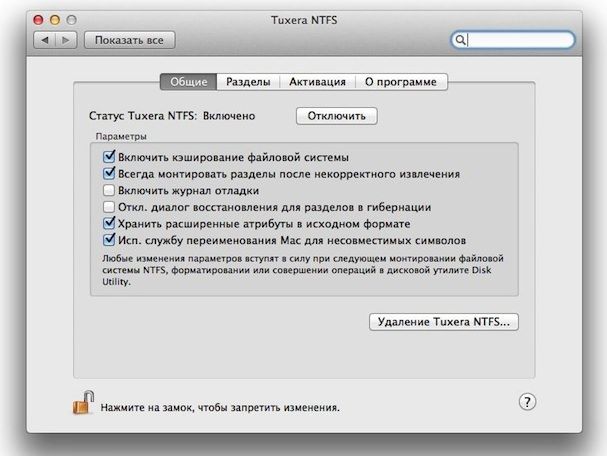
One of the best available third party apps for this is iBoysoft NTFS for Mac. If you really want a safe way to work directly with NTFS files on your Mac, a third party app is the best bet. If you were tinkering with reformatting and corrupted a file you didn’t back up, there's a chance your Mac has a copy of that file somewhere. If you were to reformat a disk to FAT32, the first step you should take is backing your disk up to ensure no data is lost or corrupted.Īnother app you should have on hand is Disk Drill for Mac. The app allows you to schedule backups as you see fit, and can backup your entire system, or limited to the data you want to ensure gets saved.

This is one reason backing your Mac up is critical, and why you should have Get Backup Pro.
Ntfs or nfs which is for mac? how to#
Larger files are broken into smaller pieces, and FAT disks need to be told often how to discover those disks. The breaking up of files means FAT disks need to be updated often not doing so is a common reason for file quality loss. This happens because disks formatted as FAT are allocated in clusters depending on their size. Before you change the format of your NTFS files, consider what you have in them.įAT32 isn’t nearly as efficient as NTFS, which can cause data loss for high-quality videos or documents.

Your Mac has an app named Disk Utility built into macOS that can help you reformat NTFS files to the FAT32 (file allocation table) format. Below are a few ways you can work with NTFS on your Mac, both native and third party. Others allow you to work with NTFS for Mac free, but free is not always the best option. Some drivers are paid, and can be quite expensive. Third party drivers and apps are your best bet, and come in several packages. You can change the filetype to something else, but that can be tedious work! You can also tinker with Terminal and allow yourself writing privileges to NTFS, but that's not always advisable. There are a few things you can do with NTFS files on your Mac beyond reading them.

NTFS for Mac: How to Work with Windows Drives in macOS


 0 kommentar(er)
0 kommentar(er)
